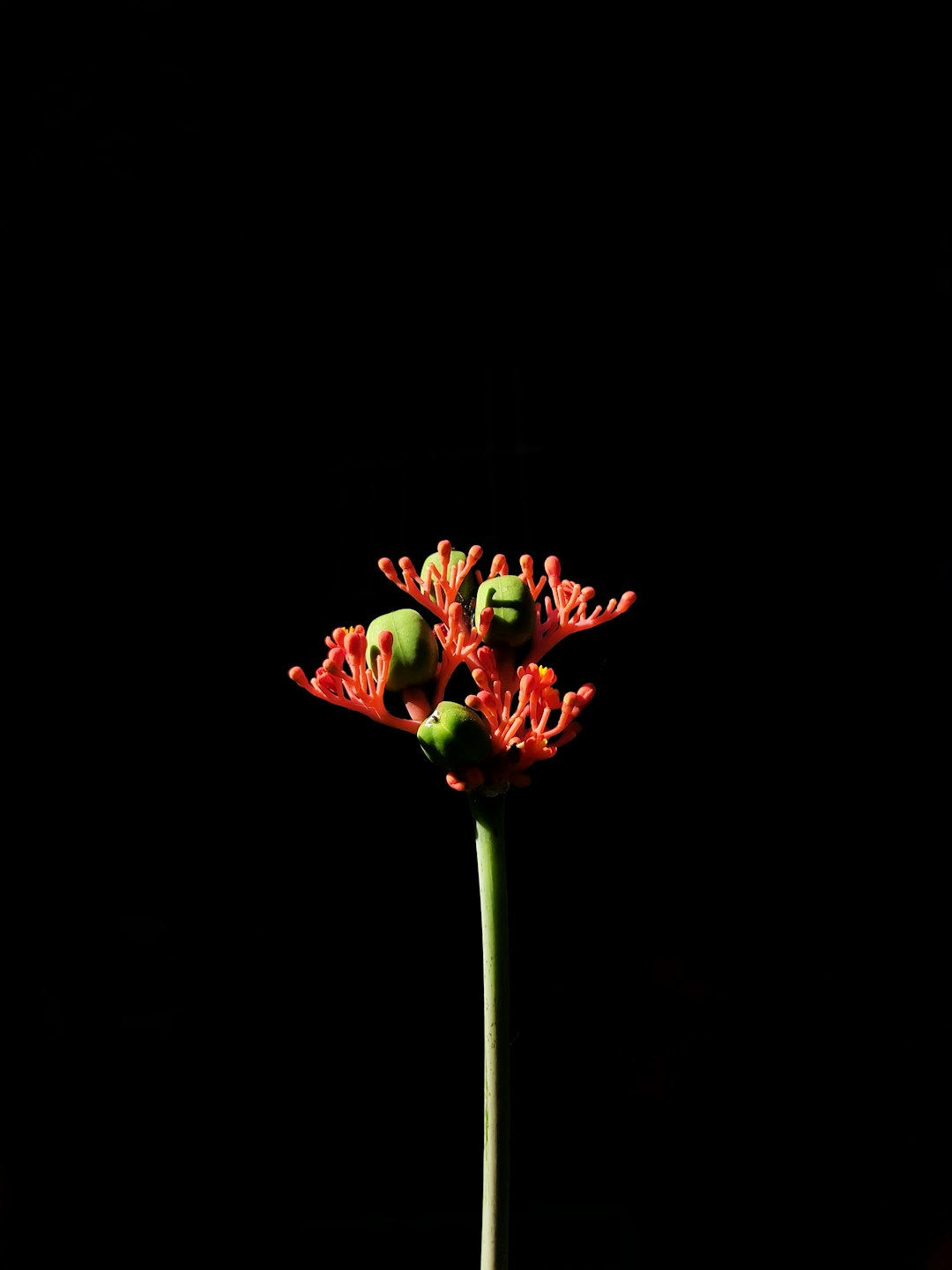The Secret to Perennial Lily Blooms

Lilies are among the most elegant and captivating flowers in the gardening world. Their vibrant colors, intoxicating fragrance, and stately presence make them a favorite among gardeners. However, many people struggle to keep their lilies blooming year after year. In this article, we will explore the essential steps to care for your lily after it flowers, ensuring a continuous display of beauty in your garden.
### 1. Deadheading: The First Step
Once your lily has finished flowering, the first crucial step is deadheading. Deadheading is the process of removing the spent flowers from the plant. This not only keeps the plant looking tidy but also redirects the plant's energy from seed production to bulb development. To deadhead your lily, simply use a pair of sharp, clean pruning shears to cut the flower stem just below the base of the spent flower. Be careful not to damage the foliage, as it plays a vital role in photosynthesis and nutrient storage.
### 2. Foliage Care
The foliage of the lily is essential for the plant's overall health and future blooming. After the flowers have faded, allow the foliage to remain on the plant until it turns yellow and begins to wither naturally. During this time, the leaves are actively photosynthesizing, converting sunlight into energy that is stored in the bulb. Cutting the foliage too early can deprive the bulb of the nutrients it needs to produce flowers the following year. While the foliage is still green, make sure to keep it clean and free from pests and diseases. Regularly inspect the leaves for any signs of damage or discoloration, and take appropriate measures to address any issues promptly.
### 3. Watering and Fertilizing
Proper watering and fertilizing are key to maintaining healthy lilies. After the flowers have bloomed, continue to water the plants regularly, keeping the soil evenly moist but not waterlogged. Lilies prefer well - drained soil, so make sure the planting area has good drainage. Overwatering can lead to root rot, which can be fatal to the plant. As for fertilizing, apply a balanced, slow - release fertilizer to the soil around the base of the lily. A fertilizer with a ratio of 10 - 10 - 10 or 12 - 12 - 12 is suitable. Follow the instructions on the fertilizer package for the correct application rate. Fertilizing helps replenish the nutrients that the plant has used during the flowering period and provides the necessary energy for bulb growth and future blooming.
### 4. Bulb Division
Over time, lily bulbs can become overcrowded, which can lead to reduced blooming. Every few years, it is a good idea to divide the bulbs. The best time to divide lily bulbs is in the fall, after the foliage has died back. Carefully dig up the bulbs using a garden fork, being careful not to damage them. Gently separate the bulbs, removing any small offsets or bulblets. Replant the bulbs at the appropriate depth, usually about two to three times the height of the bulb. Make sure to space the bulbs adequately to allow for proper growth and air circulation.
### 5. Winter Protection
In colder climates, lilies need some protection during the winter months. After the foliage has died back, apply a layer of mulch, such as straw or shredded leaves, over the planting area. The mulch helps insulate the bulbs from freezing temperatures and prevents the soil from heaving. In the spring, as the weather warms up, gradually remove the mulch to allow the new growth to emerge.
### 6. Pest and Disease Management
Lilies can be susceptible to various pests and diseases, such as aphids, lily beetles, and botrytis blight. Regularly inspect your lilies for any signs of pests or diseases. If you notice aphids or lily beetles, you can remove them by hand or use an insecticidal soap. For fungal diseases like botrytis blight, make sure to provide good air circulation around the plants and avoid overhead watering. If necessary, apply a fungicide according to the manufacturer's instructions.
By following these steps, you can ensure that your lilies will continue to bloom year after year, adding a touch of elegance and beauty to your garden. Remember, proper care after flowering is just as important as the initial planting and maintenance. With a little effort and attention, you can enjoy the splendor of lilies in your garden for many seasons to come.